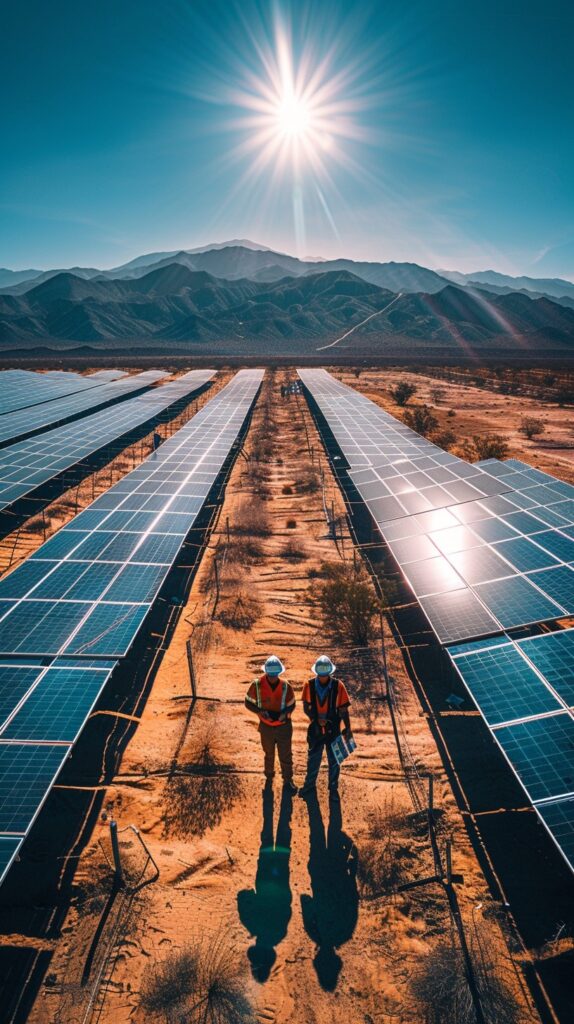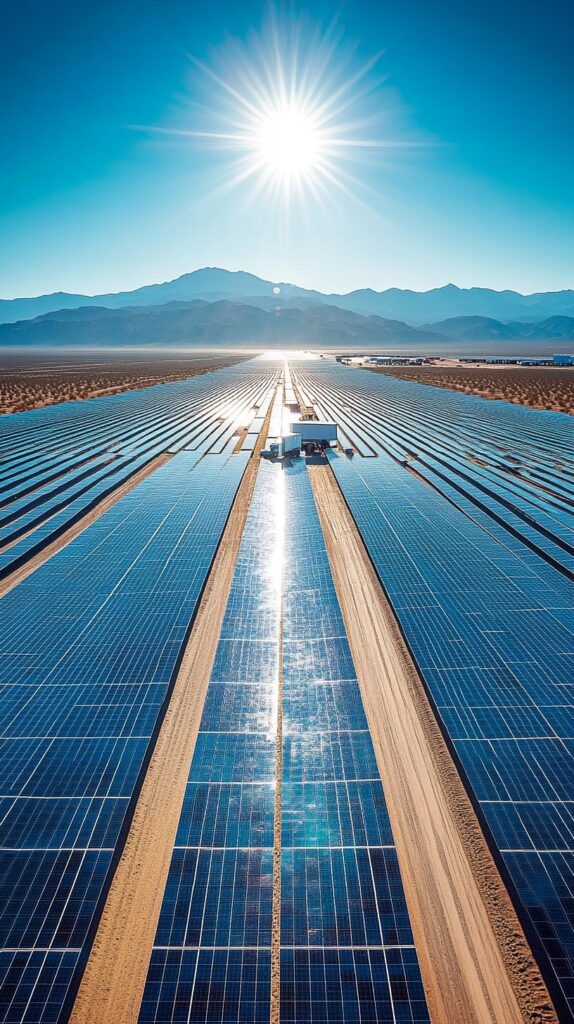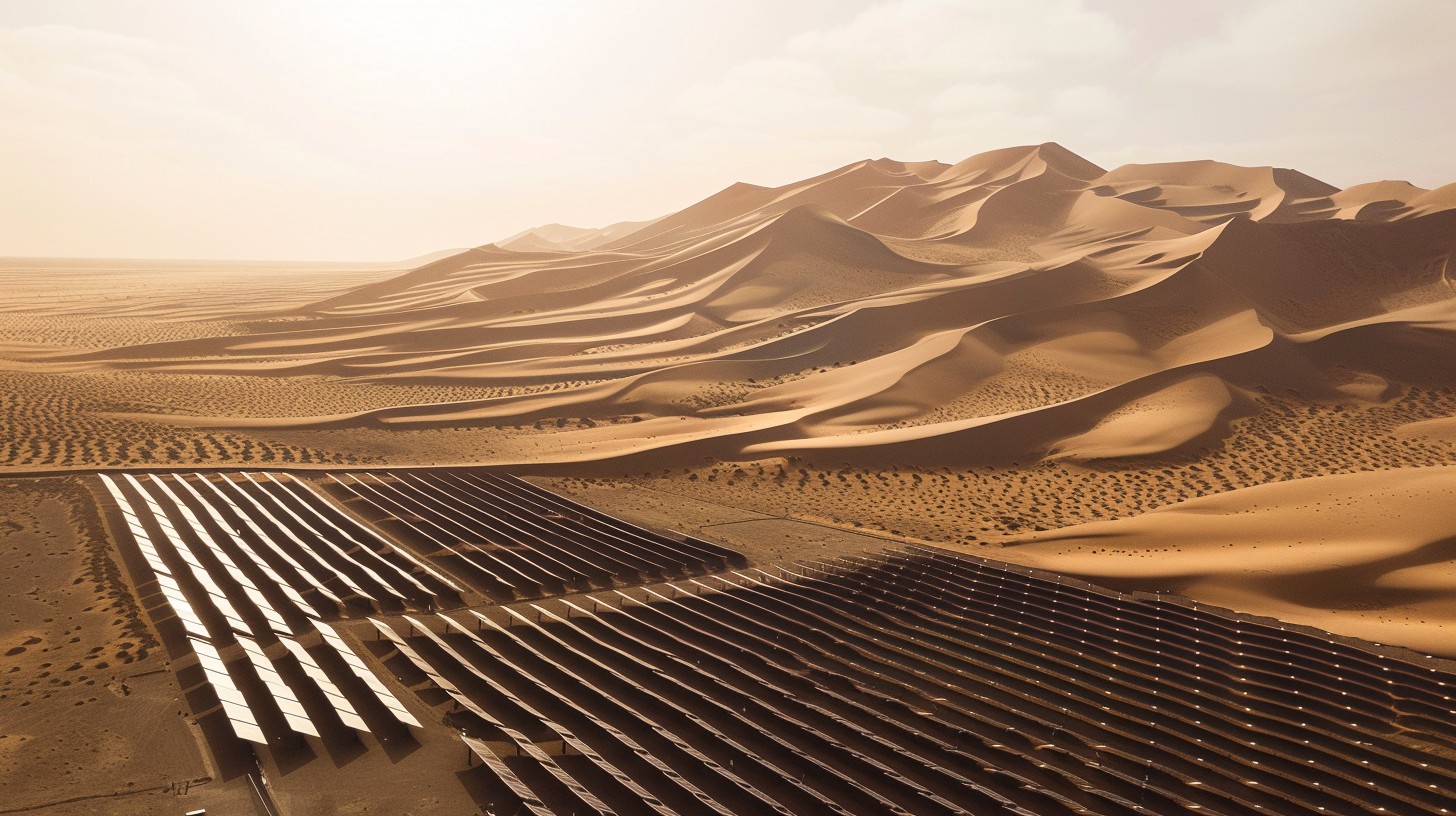☀️ Solar Pakistan 2025: A Turning Point in the Country’s Renewable Energy Future
Solar Pakistan 2025 marks a transformative chapter in the country’s journey toward energy independence and sustainability. As global trends shift toward renewable energy, Pakistan is emerging as a key player in South Asia by embracing solar power as a core solution to its longstanding energy crisis.
With its abundant sunlight, policy improvements, and growing public awareness, Pakistan in 2025 is witnessing record growth in solar energy adoption—both at residential and industrial levels.
🌞 Why Solar Energy is Crucial for Pakistan in 2025
Pakistan continues to face high electricity tariffs, power outages, and a heavy dependence on fossil fuels. These issues threaten economic productivity and energy access across urban and rural areas.
Solar energy provides a sustainable, affordable, and scalable solution, especially in 2025 where:
- Pakistan receives more than 300 days of sunlight annually.
- Solar panel costs have declined significantly.
- Government incentives like net metering and green financing are increasing.
- Public and private sectors are investing heavily in solar infrastructure.
The shift toward solar is not a temporary trend—it is a long-term energy strategy.
🔍 Current Solar Landscape in Pakistan (As of 2025)
Based on data from the Alternative Energy Development Board (AEDB) and NEPRA, here’s what the solar sector looks like in 2025:
- Installed solar capacity: Over 2,200 MW
- Net metering connections: Exceeding 60,000 systems
- Average ROI for home solar systems: 3–4 years
- Job creation: Over 75,000 green jobs nationwide
The rapid expansion of solar is driven by public demand, climate concerns, and favorable government policies.
🔋 Key Solar Trends in Pakistan 2025
1. Residential Rooftop Solar Is Mainstream
Thousands of households are switching to rooftop solar systems to reduce dependence on expensive grid electricity. Homeowners benefit from:
- Lower monthly bills
- Access to net metering
- Increased property value
- 10–25 years of clean power
2. Commercial and Industrial Solar Expansion
Factories and large-scale businesses in sectors like textiles, dairy, steel, and retail are now installing MW-scale solar systems. It’s becoming a business necessity, not just a green option.
3. Battery Storage Technology on the Rise
With frequent load shedding in some regions, solar + battery storage is now a popular package. Lithium-ion batteries are now 30% more affordable compared to 2022, enabling 24/7 clean power even off-grid.
4. Off-Grid Rural Electrification
In 2025, solar is lighting up villages and remote communities. Solar microgrids and standalone home kits are improving:
- Agricultural productivity via solar water pumps
- Education access with lighting and internet
- Healthcare services through solar-powered equipment
5. Supportive Policies & Net Metering
The success of Solar Pakistan 2025 is underpinned by supportive regulations:
- Net metering expansion (up to 100kW systems)
- Zero import duties on solar panels and inverters
- State Bank of Pakistan green loans at 6% interest
- Provincial solar initiatives in Punjab, Sindh, and KPK

🌍 Environmental and Economic Impact
Transitioning to solar has direct benefits for both the environment and the economy:
| Impact Area | Benefit |
|---|---|
| CO₂ Emissions | Reduction of over 1 million tons annually |
| Foreign Fuel Import | Decrease in oil and LNG dependence |
| Job Market | Expansion of green jobs in sales, installation, and engineering |
| Public Health | Improved air quality and lower respiratory illness in major cities |
Pakistan is now aligned with UN SDG Goal 7 – Affordable and Clean Energy, thanks to its expanding solar adoption.
📚 Education, Innovation, and Local Manufacturing
To support the growing solar sector, Pakistani universities and vocational institutes are now offering:
- Diplomas in renewable energy technologies
- Hands-on training for solar technicians
- Startup incubators for clean tech solutions
Additionally, local manufacturing of inverters and mounting structures is increasing, though panel production is still reliant on imports. This is a key area for future investment and policy development.
🚧 Remaining Challenges
Despite impressive progress, Pakistan still faces several challenges:
- ❌ Grid stability for net-metered users
- ❌ Delays in regulatory approvals
- ❌ Import dependency for advanced panels
- ❌ Lack of public awareness in rural districts
Targeted investment, localized training, and stronger coordination between federal and provincial energy departments are needed to address these issues.
🧭 Vision 2030 and Beyond
Pakistan aims to generate 30% of its electricity from renewable energy by 2030, with solar playing the leading role.
If current growth continues, solar energy could contribute over 8–10 GW by 2030. It will become the backbone of Pakistan’s clean energy mix, supporting residential power, industry, agriculture, and electric mobility.

✅ Final Thoughts: Solar Pakistan 2025 Is Just the Beginning
Solar Pakistan 2025 is not a single project or initiative—it’s a national movement toward energy security, climate action, and economic empowerment.
With the right policy, innovation, and awareness, Pakistan is on track to become a regional leader in solar energy—making power more affordable, reliable, and sustainable for every citizen.
RELATED : 450KW On-grid Solar System

